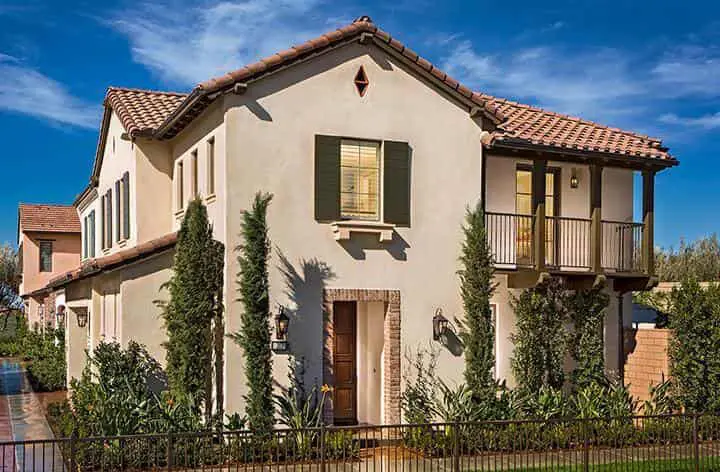
Many roofs are designed without taking into account how they will affect the home. The Green Building Alliance says almost 90 percent of the roofs in the U.S. are dark-colored. These dark surfaces suck up heat and light, which can lead to hotter homes, more energy consumption, and a shorter overall lifespan of your roofing materials.
Cool roofing strategies provide options for keeping your home cool in hot summer months or hot climates while saving money and conserving energy. If you are in the process of designing a new home, consider the following non-traditional roofing options to save energy:
What is a ‘Cool Roof’?
Cool roofing materials have been around for decades, but are now growing in demand as consumers pay more attention to sustainability and climate change.
A cool roof can be a coating over your existing roof, or a roof constructed of specific materials that reflect more sunlight and absorb less heat. You have several options when it comes to choosing materials or coatings for a cool roof.
Types of Cool Roofs
No two homes are the same, so you’ll want to evaluate which option is best for the type of building design and roof structure you have.
Metal Roofing
Metal roofing is a highly effective option which can reflect over 70% of solar rays. Metal is extremely durable, lightweight, weather-resistant, and 100% recyclable.
According to Randy Yates, a Consultant & Training Administrator for National Property Inspections, Inc. in Omaha, Neb., metal roofs can be produced with recycled materials, and metal roofs can last for 50 years or more.
Green Roofs
A green roof is like planting a garden on top of your home. The vegetation of green roofs or “living” roofs not only looks great – it forms a barrier that keeps heat from flowing down into the building. Yates notes that while this option is relatively high-maintenance, it may include vegetation as diverse as “grass, flowers, moss, shrubs, trees and more.”
Tile Roofs
Yates says clay tiles are a popular choice for desert climates thanks to their durability and reflective properties. Clay tiles are also “completely recyclable and they help insulate against both heat and cold,” he says.
The tiles used for cool roofs are typically concrete, clay, or slate. You can also add a surface treatment for even greater reflection.
Reflective Coating
You can make your roof greener, more efficient and longer-lasting without having to install a whole new roof. Reflective coatings added directly to your existing roof will reflect more sunlight, keep heat out and even deter mold.
There are various types of reflective roof coatings: white or pigmented coatings, roofing membranes made of felt, fiberglass, polyester or plastic polymers, and asphalt-like resin containing aluminum leafing flakes, for example.
Benefits of Cool Roofs
Cost-efficiency is one of the main benefits of cool roofing strategies. Light-colored materials or coatings result in lower roof temperatures as well as lower internal building temperatures. So, you can dramatically reduce your energy consumption (and extend the life of your air conditioning equipment).
Besides reduced energy bills, cool roofs eliminate waste by increasing the life of your roofing materials. Most cool roofing types are extremely low maintenance. Some of the materials used are recyclable, and depending on where you live there might even be rebates or subsidies for your sustainable efforts.
On a larger scale, your cool roof leads to reduced emissions and fewer pollutants released into the atmosphere.
Cool roofs help many building owners save money while protecting the environment, and that’s pretty cool!

Rebecca Rosenberg is a freelance copywriter, digital media strategist and world traveler. After working in marketing for some of Austin’s most beloved brands, Rebecca started her own business and left Texas behind to travel the world. You can find her currently bumming around Europe. Often flying solo, she has visited over 35 countries and lived abroad in four. In addition to being a digital nomad, Rebecca is an avid hiker, design enthusiast and certified plant nerd. She speaks English, Spanish, German and Korean.
 The 10 Best Places To Retire in Utah
The 10 Best Places To Retire in Utah